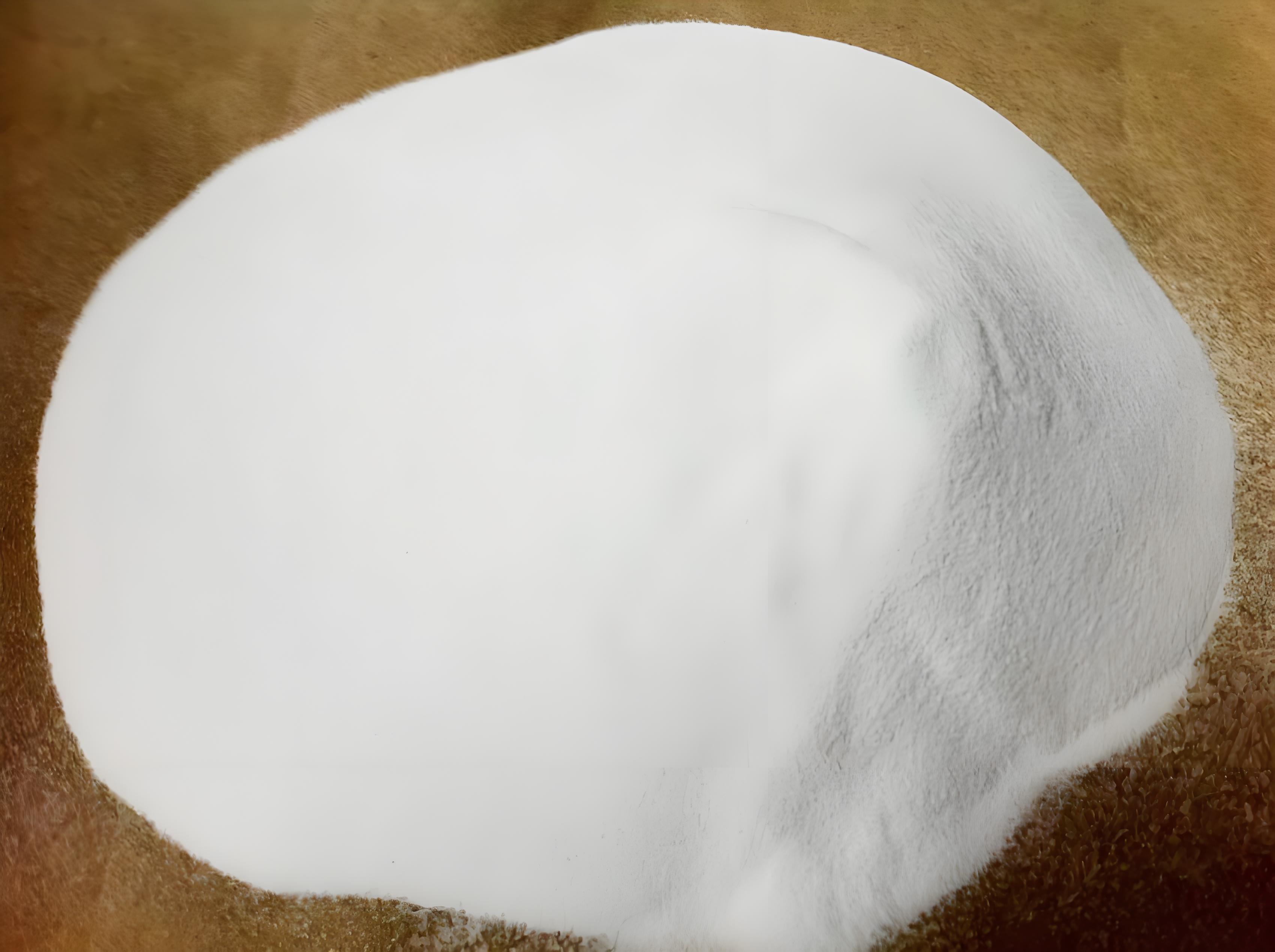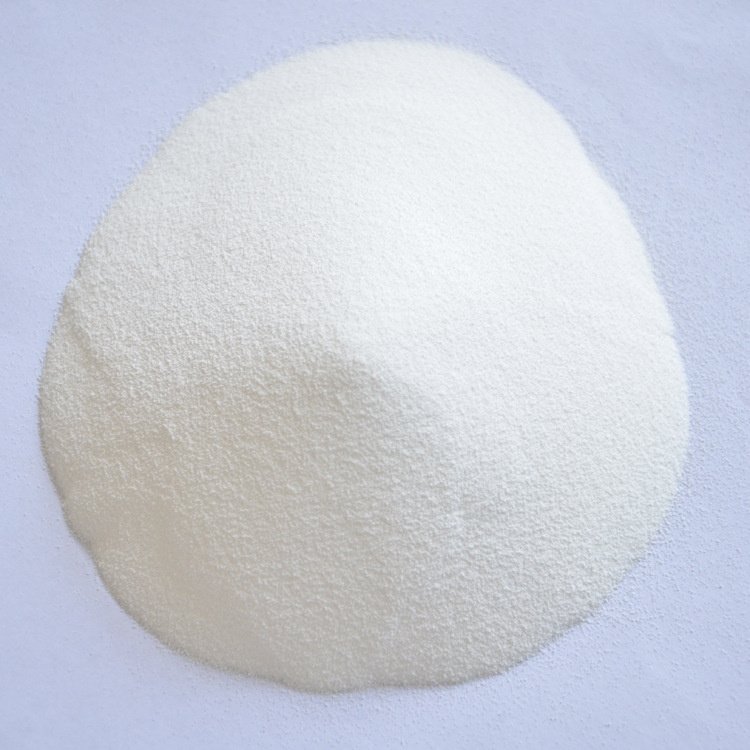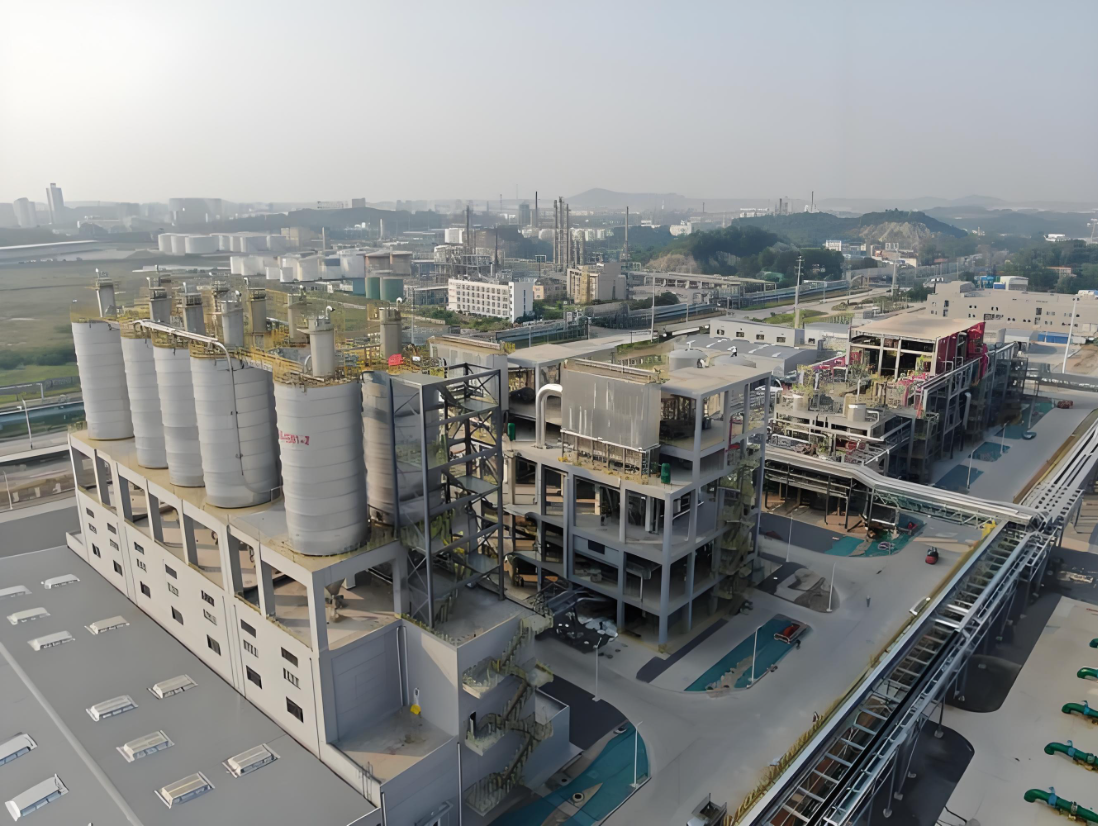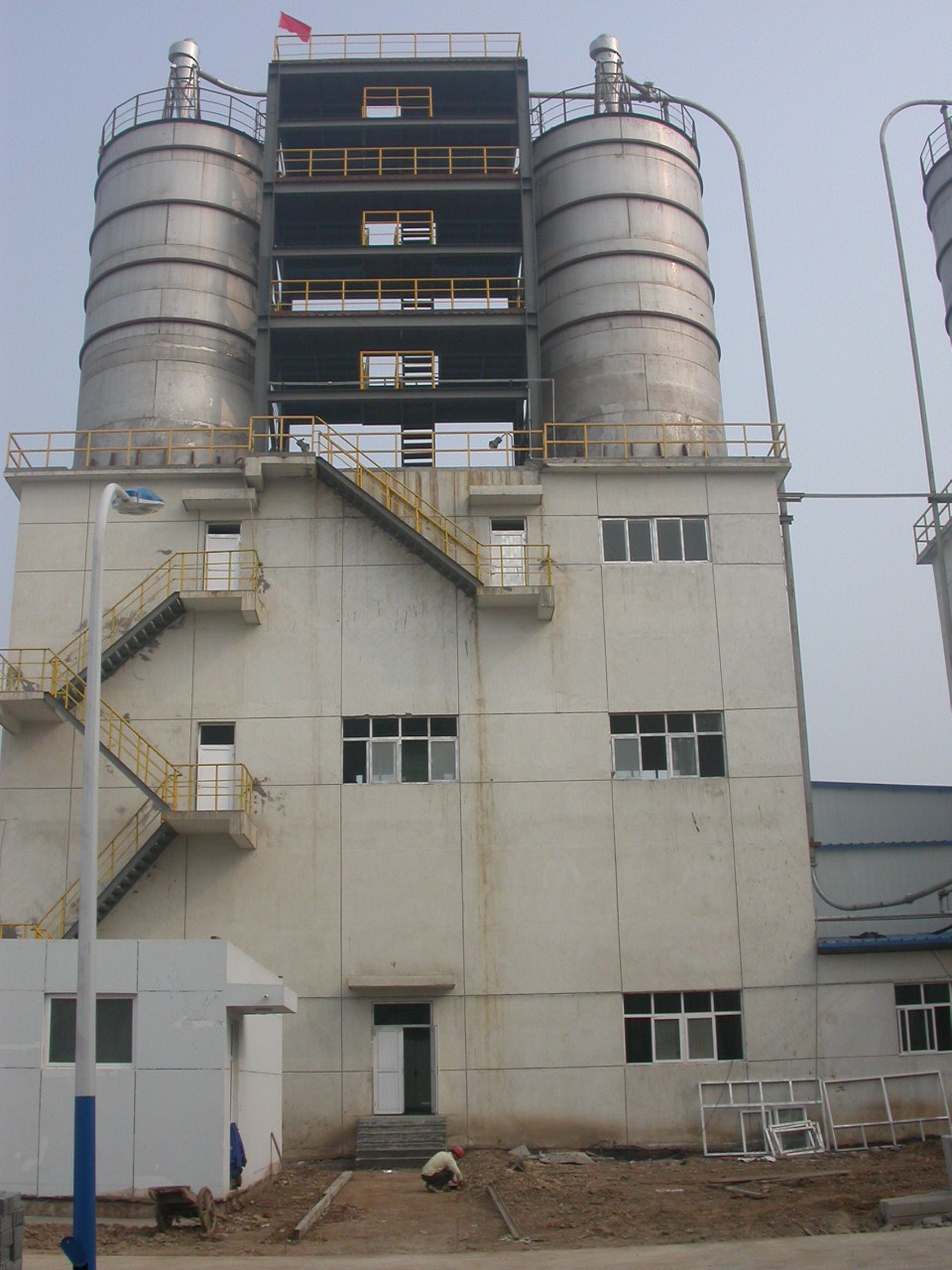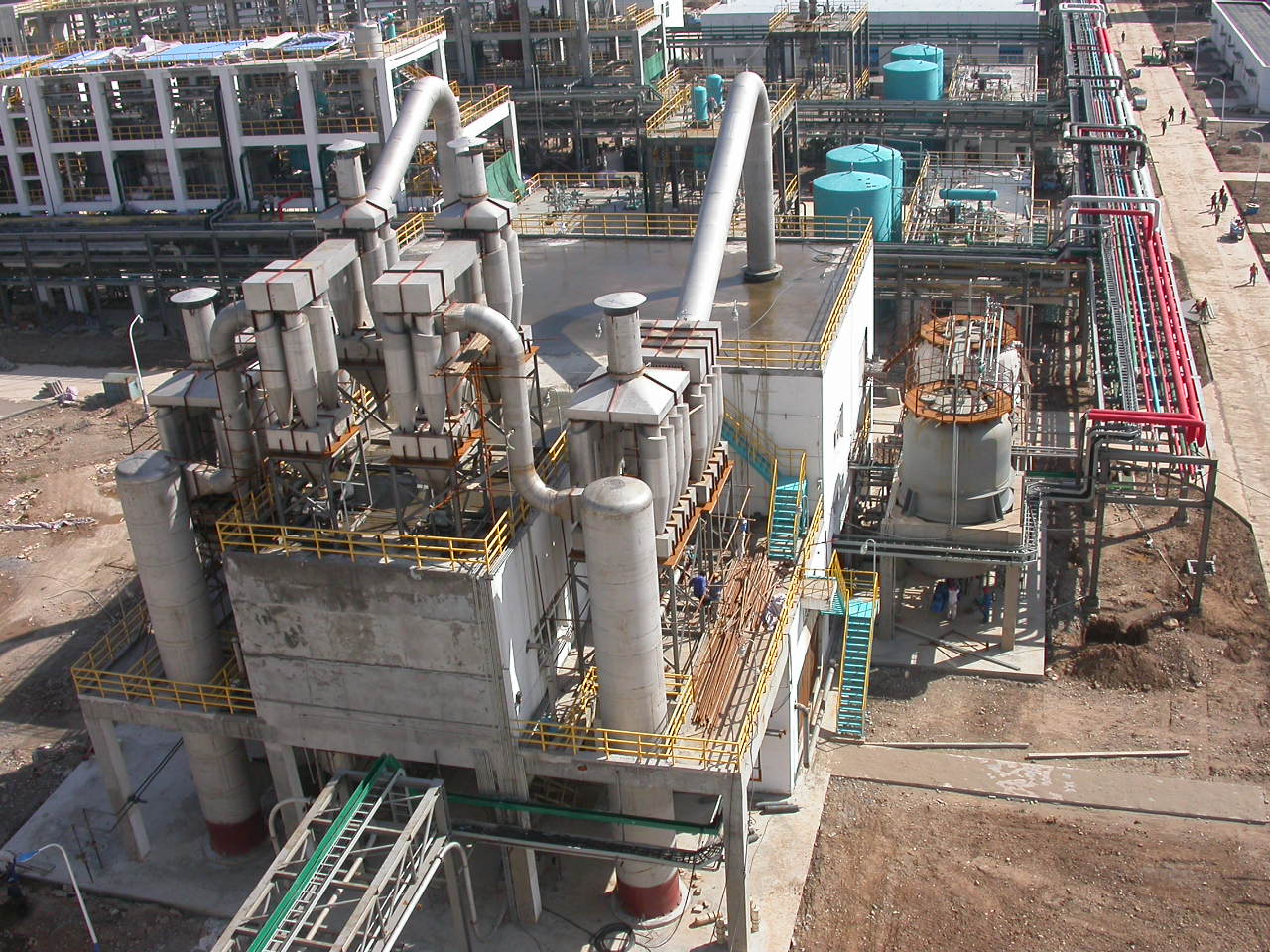PVC pneumatic conveying
On site photos of polyvinyl chloride (PVC), Dongkai Company provides feasibility analysis, process design, engineering equipment, commissioning, and installation turnkey engineering services for PVC material pneumatic conveying systems based on actual usage conditions on site
Polyvinyl chloride, abbreviated as PVC, is a polymer formed by the free radical polymerization of vinyl chloride monomer with initiators such as peroxides and azo compounds, or under the action of light and heat. [18] Its appearance is a white powder, non-toxic and odorless, with a relative molecular weight generally ranging from 50000 to 110000 (pure PVC produced in industry), a relative density of 1.35 to 1.45, and low water absorption and breathability (pure PVC). It is insoluble in water, gasoline, alcohol, and vinyl chloride, but soluble in ketones, esters, and chlorinated solvents. Polyvinyl chloride has good chemical corrosion resistance and good electrical insulation, but its impact resistance is poor and it is unstable to oxygen and heat, making it prone to degradation.
Polyvinyl chloride is a slightly yellow semi transparent substance with a glossy appearance. Transparency is better than polyethylene and polypropylene, but worse than polystyrene. Depending on the amount of additives used, it can be divided into soft and hard polyvinyl chloride. Soft products are soft and tough, with a sticky touch, while hard products have a higher hardness than low-density polyethylene and a lower hardness than polypropylene. Whitening may occur at the bending point. stable; Not easily corroded by acid and alkali; Relatively tolerant to heat.
Polyvinyl chloride has poor stability to light and heat. The softening point is 80 ℃, and decomposition begins at 130 ℃. Without heating the stabilizer, polyvinyl chloride begins to decompose at 100 ℃ and decomposes faster above 130 ℃. Heating decomposes and releases hydrogen chloride gas (which is a toxic gas), causing it to change color from white to light yellow to red, brown to black.
Density: 1380kg/m ³
Young's modulus of elasticity (E): 2900-3400MPa
Tensile strength (σ t): 50-80MPa
Elongation at break: 20-40%
Glass transition temperature: 87 ℃
Melting point: 212 ℃
Softening temperature: 85 ℃
Thermal conductivity (λ): 0.16 W/(m · K)
Thermal expansion coefficient (α): 8 × 10-5/K
Heat capacity (c): 0.9 kJ/(kg · K)
Water absorption rate (ASTM): 0.04-0.4
Refractive index: 1.52~1.55
